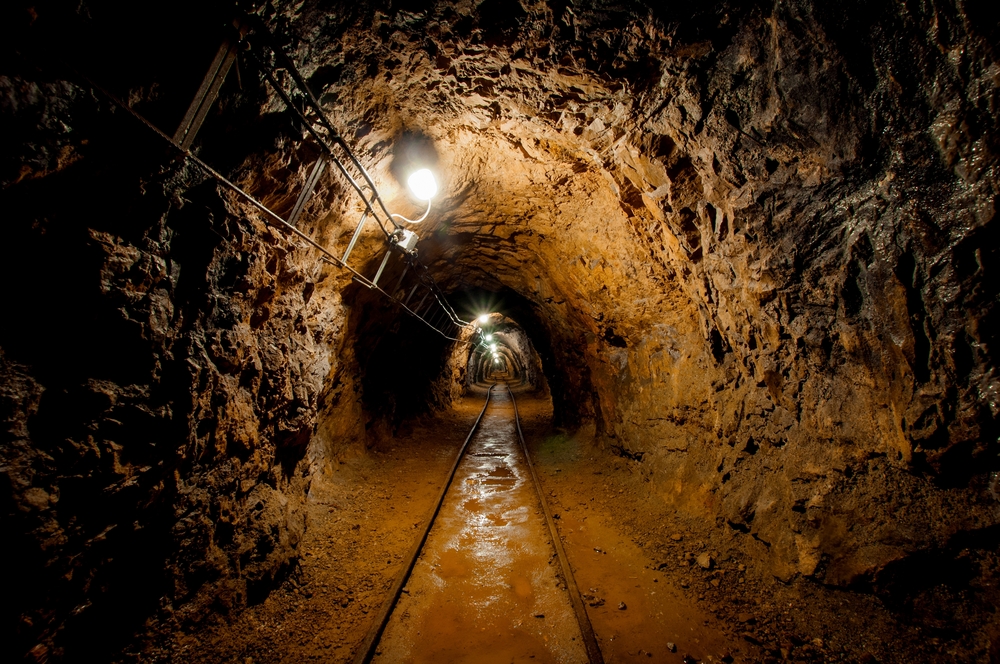RIYADH: The world needs to mine more than double the amount of copper ever excavated in human history if it wants to hit widespread electric vehicle targets, according to a new study.
Analysis by the International Energy Forum warns that unless the industry is rapidly expanded, there will not be enough of the metal available to ensure the 2025 EV adoption goals set by the UN’s Intergovernmental Panel on Climate Change.
According to the report, electrifying the global vehicle fleet would necessitate the opening of 55 percent more new copper mines by 2035 – and this expansion needs to be encouraged by governments.
The IEF study also warned that copper demand between 2018 and 2050 is set to be 115 percent greater than all of the metal that has ever been excavated before this point.
As a result, policy makers should consider shifting the focus from 100 percent electric vehicles to hybrid models to help stop the automotive industry dominating this resource, which is widely used across the economy.
“Under today’s policy settings for copper mining, it is highly unlikely that there will be enough additional new mines to achieve 100 percent electric vehicles by 2035, only the first small step toward decarbonization. So we need to manage this transition,” said Joseph McMonigle, secretary general of the IEF.
He added: “To make the best use of the available copper supply, governments should prioritize economy-wide electrification, which is the foundation of climate policy. Moreover, governments need to incentivize and support new copper mine projects because, without it, 100 percent adoption of EVs is not an achievable target.”
McMonigle said that the EV industry will continue to be a significant segment in the automotive market and “should continue to thrive based on consumer preference and the growing array of vehicles available, but 100 percent adoption by 2035 is unlikely.”
Hybrid electric vehicles an option to minimize copper demand
According to the report, copper plays a crucial role in electricity generation, distribution, and storage, and the adoption of EVs is one of the most effective solutions for reducing the reliance on fossil fuels.
However, unprecedented copper requirements of electric car batteries will compete with the electricity needs of countries which are in the early stages of development.
“Copper demand for EV manufacture could increase the price of copper very substantially and significantly impede the advance of less developed areas,” the report said.
The energy think tank said that manufacturing a traditional internal combustion engine vehicle requires 24 kg of copper, while an EV demands 60 kg.
On the other hand, a hybrid electric vehicle requires 29 kg of copper, which would have a negligible impact on the demand for metal.
“Policymakers might consider changing the vehicle electrification goal from 100 percent EV to 100 percent hybrid manufacture by 2035. This would allow for future output of existing and new copper mines to be used for the developing world to catch up with the developed world in electrification,” said IEF in the report.

Copper mining needs to expand rapidly to meet demand. Shutterstock
According to the US Department of Energy, hybrid EVs are powered by an internal combustion engine and one or more electric motors, which use the power stored in batteries.
A hybrid EV cannot be plugged in to charge the battery. Instead, the battery is charged through regenerative braking and by the internal combustion engine.
Citing a report by the American Council for an Energy-Efficient Economy, IEF further pointed out that EVs and hybrids scored similarly based on their cost to human health from air pollution associated with vehicle manufacturing and disposal, the production and distribution of fuel or electricity, and vehicle tailpipe emissions.
Responsible copper mining strategy to be encouraged
The energy forum also underscored the importance of encouraging responsible copper mining strategies by governments worldwide to meet the demand for this metal.
“The baseline outlook for copper supply in the report, based on historical trends, sees supply rising by 82 percent by 2050, peaking in 2086, and then falling sharply. However, the report also cites projections based on the pipeline of copper projects, which shows a decline in supply as soon as 2026,” said IEF.
It added: “The report argues that mining should be recognized as essential, and exploration and responsible copper mine development strongly encouraged.”
The analysis highlighted that the mining industry is facing various challenges including limited land access, low discovery rates and a 23-year lead time for mines to come into production.
The energy think tank added that governments are hesitant to approve mine permits even in areas where significant copper reserves are discovered.
According to IEF, the mining industry will need to explore and mine deeper to obtain the copper the world needs, while exploration in subsurface mines will be safer and have a smaller environmental footprint.
“The message that we may not be able to mine materials fast enough to meet humanity’s desires even if there are more than enough of these materials to meet all of humanity’s needs has proven difficult to effectively deliver, yet its effective delivery and subsequent discussion is necessary to the formulation of realistic energy resource policies,” said IEF.
In April, the International Energy Agency released an additional report stating that global battery production must be scaled up to meet the climate and energy security goals set at the 2023 UN Climate Change Conference.
During the COP28 summit, nearly 200 countries agreed to triple renewable energy capacity by 2030, double the pace of energy efficiency improvements, and transition away from fossil fuels.
The IEA report also added that ensuring energy security requires greater diversity in supply chains, including extracting and processing the critical minerals used in batteries.






















